Selecting the right dehumidifier for your needs is not just about grabbing any unit off the shelf. It involves considering several critical factors to ensure optimal performance, energy efficiency, and comfort.
Whether you're looking to dehumidify a damp basement, a cozy bedroom, or your entire house, understanding how to choose the proper dehumidifier capacity is essential.
Here’s a detailed guide to help you make an informed decision. It incorporates key aspects such as room size and humidity levels and utilizes a dehumidifier size chart.
What are the Signs of a High Humidity?
High humidity is one of the biggest threats to your home and your belongings' value. Humidity levels vary throughout the year depending on the different seasons. Homeowners with basements or crawl spaces understand these spaces have many humidity problems.
Crawl spaces and basements are mostly built completely or partially underground. This makes them cooler and less air-conditioned, making most spaces damp and stuffy.
Here are some of the signs of high humidity in the crawl space or basement:

- Dampness and musty odors.
- Mold and mildew growing on items in the space.
- Increased mold and strains on the walls and floor.
- Wood rot in the space.
- Structure destruction of the foundation like cracks.
You can also buy a hydrometer to measure the exact humidity levels in the basement or the crawl space.
If you can spot any of the above signs of high humidity, you buy a BaseAire dehumidifier!
A dehumidifier regulates the humidity in the basement's air. It pulls moist air from the basement and directs it over coolant-filled coils that condense the moisture.
The dry air is then directed from the dehumidifier back into the basement. This process is repeated until the overall level of humidity in the basement or crawl space is 50%.
What are the Sources of High Humidity in the Crawl Space and Basement?
- Activities in the house—Research has proven that household activities like cooking, laundry, or showers can produce over 2 liters of water vapor. This moist air is dense and heavy, which means it will automatically be lowered to lower rooms like the basement.
- Diffusion through the material—this problem is most common in crawlspaces and basements. Moisture enters the basement by diffusion from the soil, air leakage via unmaintained vents or joints, cracks in the basement floor and walls, or flooding and water drainage problems.
- Plumbing leaks – having all your plumbing maintained and checked often is important.
- Construction moisture—This mostly affects newly built houses or recently renovated rooms. Most houses are built from normal concrete lumber, which requires lots of water and numerous other construction products. This moisture escapes into the house as the concrete dries gradually.
Understanding Room Size
The size of the room or area where the dehumidifier will be used plays a pivotal role in selecting the right capacity. Dehumidifiers are sized based on the amount of moisture they can remove from the air in 24 hours, measured in pints.
A "dehumidifier for a bedroom" might require less capacity than one intended to "dehumidify a house" or a large basement. Therefore, knowing the space's square footage is crucial.
Assessing Humidity Levels
Humidity level is another critical factor. Rooms with higher moisture levels need more capacity dehumidifiers to remove moisture efficiently. For instance, a damp basement with visible wet spots or a bathroom with constant use will have higher humidity than a bedroom or living room under normal conditions.
Assessing the current humidity level of the area helps decide the power needed for effective dehumidification.
Utilizing a Dehumidifier Size Chart
A dehumidifier size chart is an exemplary tool to match your room’s dimensions and humidity levels with the appropriate dehumidifier capacity. These charts typically categorize the capacity of dehumidifiers in pints of moisture removed per day, corresponding to the area's square footage and the general humidity level (ranging from moderately damp to wet). Below is an example of a Baseaire AirWerx model dehumidifiers:
|
The condition of the basement |
1500 Sq. Ft. |
2000 Sq. Ft. |
2500 Sq. Ft. |
3000 Sq. Ft. |
4000 Sq. Ft. |
|
Moderately damp room with a musty smell. |
55/90/90X |
90/90X |
100X |
120X |
140X |
|
Very moist room with damp stains on the floor and walls. |
55/90/90X |
90/90X |
100X |
120X |
140X |
|
Very wet room with clear wet walls and floor. |
55/90/90X |
90/90X/100X |
100X/120X |
120X/140X |
140X |
|
Extremely wet room with puddles of water on the floor and dripping water on the walls |
90/90X |
100X |
120X |
140X |
140X |
For Small to Medium Bedrooms and Living Spaces: If you’re looking to improve air quality in a bedroom or a living area, consider the space's square footage. Small to medium-sized spaces will generally require a dehumidifier capable of removing 10 to 30 pints of moisture per day, depending on the specific humidity issues.
For Basements and Large Open Areas: Basements or large open spaces, especially those exposed to higher humidity levels, might need a more robust solution. In such cases, a dehumidifier capable of removing anywhere from 40 to 70 pints of moisture daily could be necessary to maintain a comfortable and mold-free environment.
Whole House Dehumidification: For whole-house dehumidification, or particularly large and humid areas, dehumidifiers with capacities exceeding 70 pints per day may be needed. High-capacity units are designed to handle extensive square footage and can efficiently dehumidify house-wide moisture.
Additional Considerations
While the room size and humidity level are the main factors in choosing a dehumidifier's capacity, other elements should also be considered, including:
- Ventilation and Airflow: Rooms with poor ventilation might require more powerful dehumidifiers.
- Frequency of Use: How often the room is used, and how daily activities can affect humidity.
- Climate: Living in areas with high humidity might require a more substantial dehumidification capability.
- Energy Efficiency: Look for units with Energy Star ratings to ensure efficient operation without skyrocketing energy bills.
How Do You Choose the Right Size Dehumidifier?
When choosing the right dehumidifier, you should consider the following factors: the area size to be dehumidified—the capacity of any dehumidifier is the amount of moisture (measured in pints) extracted in a span of 24 hours.
This means that smaller-capacity dehumidifiers are only ideal for removing moisture in smaller rooms. Therefore, it is important to ensure you buy a dehumidifier whose capacity is directly correlated to the square feet of the house.
Airflow volume of the dehumidifier—You can choose a dehumidifier based on how much air it can clean over time.
A dehumidifier measures this in cubic feet per minute (CFM). The recommended CFM is calculated based on the house's humidity level and its square footage.
Air changes per hour (ACH) refer to the number of times the air should cycle through the dehumidifier to decrease the level of humidity in the room.
The recommended ACH levels according to the humidity level are:
- 60 – 70 %( damp air) – This is the normal humidity level in most crawl spaces and basements. The ACH = 3
- 70-80 %( very damp air) – The room has visible moisture drains on the floor and walls. The ACH = 4
- 80 – 90% (Wet air) – Visible wet spots on the walls and floor. The ACH = 5
- 90-100 %( Very wet air) – Puddles of water can be seen clearly on the floor. The ACH = 6
Most dehumidifiers' air changes per hour (ACH) values are clearly indicated.
Note: It is important to ensure your basement or crawl space is tightly air-sealed to prevent moist outside air from entering. If more moist air is allowed to enter the space, the dehumidifier will be ineffective.
Conclusion
By carefully considering these factors and effectively utilizing a dehumidifier size chart, you can select a dehumidifier that suits your specific needs, ensuring a comfortable and healthy indoor environment. Remember, selecting the right capacity is crucial for optimal performance and energy efficiency. So take your time, do your research, and choose wisely. Your room or house will thank you!

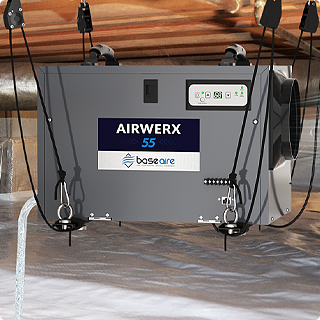
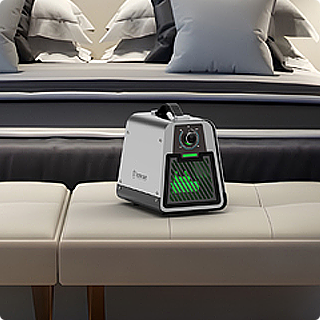
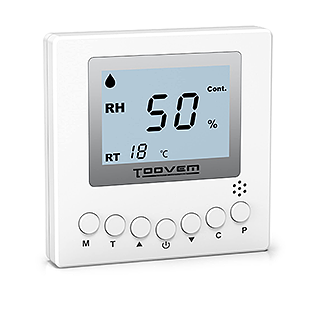
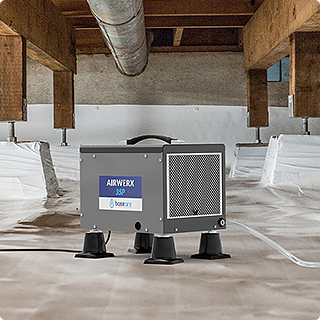
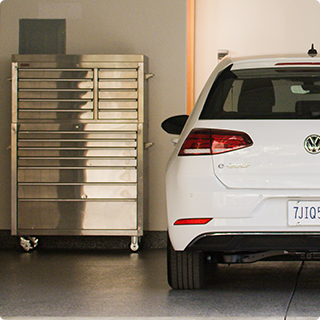
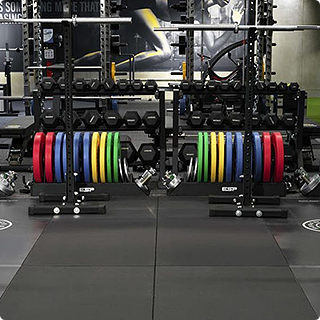
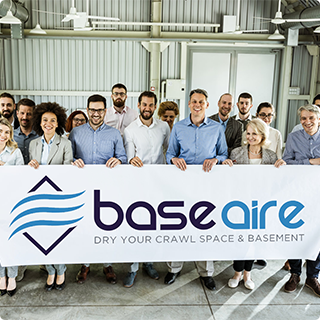

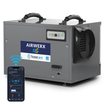
![BaseAire 888 Pro 7,000 mg/h Ozone Generator, Digital O3 Machine Home Ozone Machine Deodorizer - Ozone Generator from [store] by Baseaire - Disinfection, Ozone Generator](http://www.baseaire.com/cdn/shop/products/888-Pro-_-1.jpg?v=1698817267&width=104)
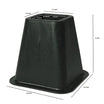
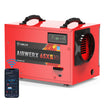

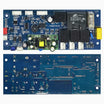
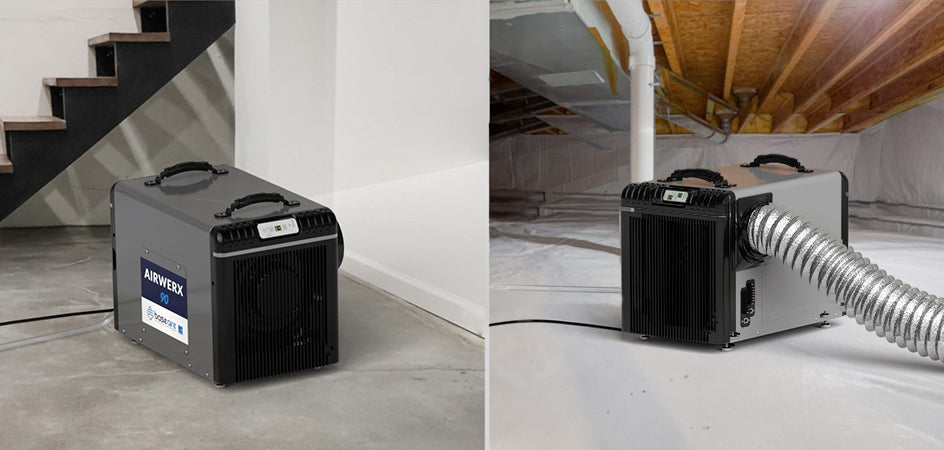
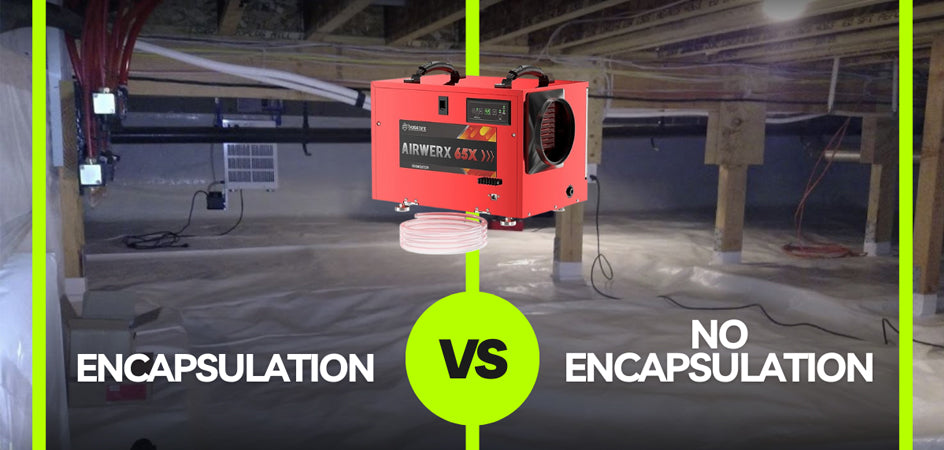

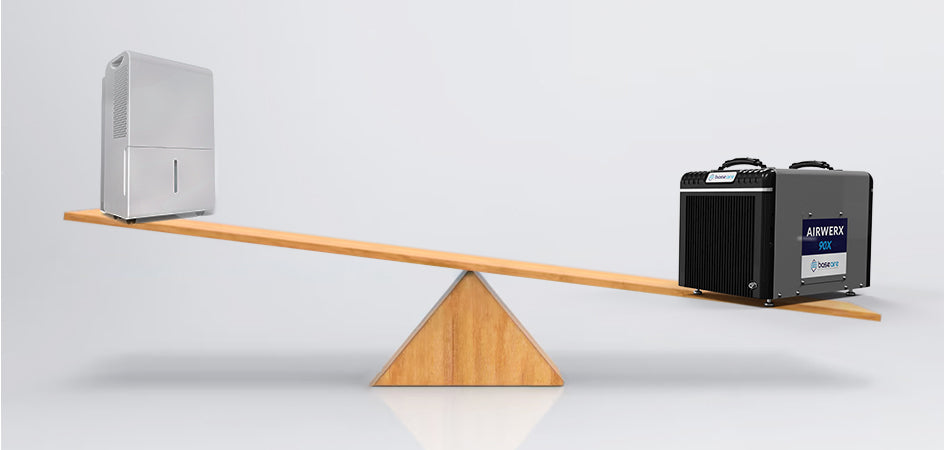




Leave a comment
All comments are moderated before being published.
This site is protected by hCaptcha and the hCaptcha Privacy Policy and Terms of Service apply.